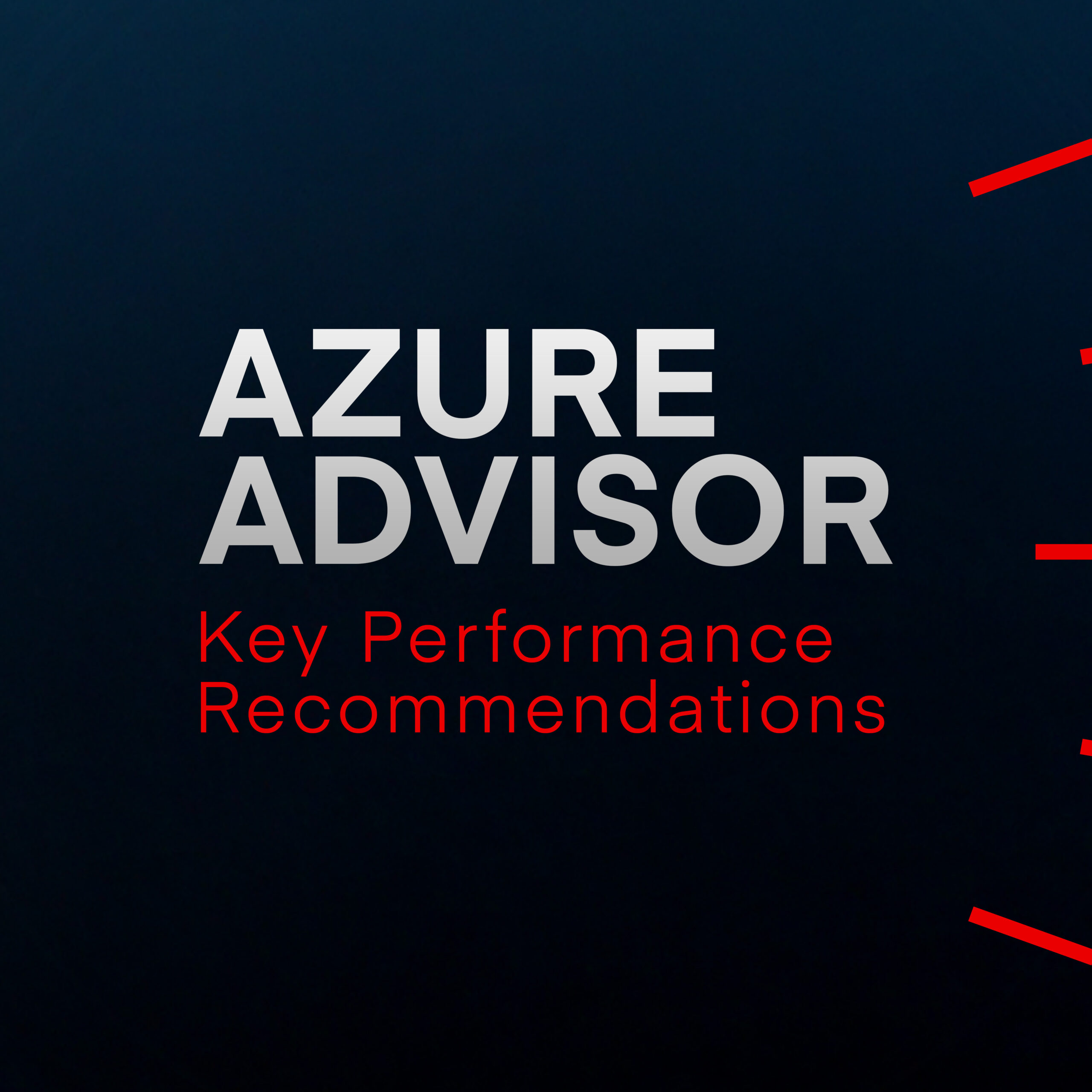We’ve been wrangling with backup and disaster recovery solutions for years, and some of the ‘leading brands’ have left us dazed and confused when they haven’t done what they said on the tin. We often get asked which backup and replication software is better: Zerto or Veeam?
It’s not an easy question to answer without some thought to the relative challenges of a user, and in some cases, it may be pertinent to use both, but we thought we’d have a stab at rationalising an answer to the question – so here goes.
What is DRaaS?
Disaster Recovery-as-a-Service (DRaaS) is a Disaster Recovery (DR) outsourcing service to back up or replicate the data and IT infrastructure of a business to the cloud.

The History of Zerto and Veeam
Zerto Backup
Zerto was founded in 2009 and focused on providing near real-time replication, which addressed a gap in the market previously filled by enterprise storage vendors and products like Doubletake.
It has a single web interface which controls all replication and recovery operations and a typical deployment consists of a Zerto Virtual Manager (ZVM) management host and a VRA VM* that gets deployed (automatically) to each host in an onsite cluster.
Veeam Backup and Replication
It’s important to consider where each product comes from to put them into some context. Veeam was founded in 2006 and the product was initially launched to capture the backup market. It was used to replace traditional tools (NetBackup, Backup Exec) which were clunky, with a simple user interface and a competitive price point.
Veeam diversified into the replication market later in its life, from 2015 onwards. It’s built upon a single user interface with small deployments typically being based on a single Veeam server with multiple roles installed.
Using proxy servers in your hosting environment it’s then able to process hot-add backups inside VMWare. The same technology is also used for replication.
When you protect a VM, the VRA on the host that the VM is running on intercepts the writes in real-time and sends them offsite. This results in a continuous stream of protected data and depending on your journal setup it can allow you to restore to any point over the number of days you define. Zerto added long-term backup to its product which allows replication of data and use of the same platform for backup.
Performance: Zerto vs Veeam
The main difference in performance between Zerto vs Veeam Backup is their recovery point objectives (RPO). RPO often refers to the last available restore backup and the maximum time between backups being safely stored offsite. Both factors focus is on the data and your company loss tolerance – how long can you afford to operate without your data before your business suffers.
Zerto Backup Performance
Zerto was built from the ground up to use continuous data replication inside VMWare by intercepting writes as they happen. It’s extremely fast, often providing sub-five seconds RPO with recovery within minutes. It does this using the journal which stores all changes within a period of time (e.g. 7 days) – allowing you to restore to any time within this period.
Zerto is relatively efficient with bandwidth, but if you have a busy workload you should expect it to need lots of bandwidth. A reliable fibre leased line is recommended and if you have bottlenecks in your infrastructures such as storage latency or CPU constraints, expect these to impact your replication jobs.
Veeam Backup Performance
By contrast, Veeam added replication functionality as an afterthought and it relies upon older technology inside VMWare. Both its throughput and bandwidth are similar to Zerto, but there’s no escaping that its far higher RPO is a significant negative.
Versatility: Zerto vs Veeam
Zerto
Zerto can support workloads from VMWare, Hyper-V, Azure and AWS and it can be used for cross-platform replication – for example, Hyper-V to VMWare. This replication also lends itself to being used for migration between locations, for example moving workloads to a new data centre. Zerto is easy to reverse when a data centre comes back online, and it works with almost any workload.
Veeam
Whilst Veeam is starting to roll this functionality out, the lack of cross-platform replication (Hyper-V to VMWare) is restrictive. In our opinion Veeam’s biggest strength is backup – not disaster recovery – it’s important to choose the right tool for the right job.
Reliability: Zerto vs Veeam
Quite simply, we have never had a Zerto DR restore fail in the time we have been working with it, but we have had issues with the Veeam restores that have required help desk tickets to be logged. When it comes to trusting a product, Zerto hasn’t let us down and we know we can rely on it 100%. It can be deployed for thousands of machines, so we know it’s been built with scalability in mind, which is what we need to support our customers.
The ability to spin machines up, test them and then commit the change and reverse the replication makes life a lot easier.
Zerto vs Veeam – The Conclusion
It’s important to look at every case on an individual basis and consider the challenges you face as an organisation – it goes without saying that the solution you choose should be fit for purpose. However, all things considered, although we think Veeam is a great back up product, Zerto wins the Zerto vs Veeam cloud backup battle for us and we are interested to see how Zerto backup is going to change the market. Watch this space.
*VRM is a web-based management interface for servers and virtual machines (VM).



